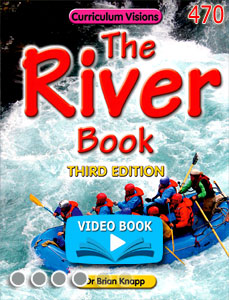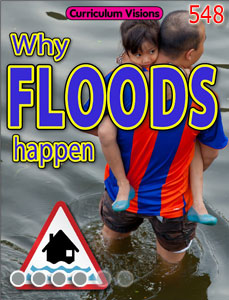A levee is an earthen embankment that runs by the side of a river in a part of the river course which is nearly flat.
Some embankments are artificial, but many are natural. The biggest levees are along the lower course of the Mississippi.
Levees tell you a lot about the river. For example, they tell you that the river often floods, sending mud and silt over its floodplain. When the water spills, so the silt settles out near the bank of the river and this begins to form the levees.
The longer this goes on, the higher the levees get, and the larger the amount of water that can stay in the river channel even at times when there is a very large flow. But when the river does eventually spill over the levee, it take a long time to get back in the river afterwards, because the levees act like walls, preventing it from returning. Instead, the water has to seep into the valley floor.
When levees fail many homes can be flooded, and stay flooded for weeks. New Orleans is the city most prone to levee collapse, as much of the city is built on land below the level of the levees.





